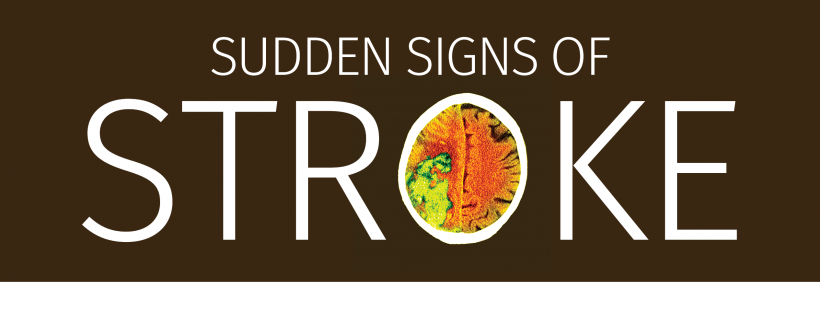Only one-third of adults in New York state say they can recognize the signs of a stroke, according to a review of self-reported data by Excellus BlueCross BlueShield. And that’s bad news since every 40 seconds someone in the United States has a stroke, according to the American Heart Association. Knowing when someone is exhibiting the symptoms of a stroke can lead to quicker treatment and a lower risk of disability or death.
Acting F.A.S.T. If You Suspect a Stroke
A stroke occurs when a blood vessel supplying oxygen and nutrients to the brain becomes blocked with a blood clot (ischemic stroke) or when a blood vessel bursts, causing bleeding within or around the brain (hemorrhagic stroke). The brain is deprived of oxygen, and brain cells die within minutes. The body cannot replace damaged brain cells, so the effects of a stroke are often permanent.
“A stroke is a brain attack, and damage can increase with every minute that treatment is delayed,” said Nicholas Massa, M.D., C.P.C., Medical Director at Excellus BCBS. “The acronym F-A-S-T is an easy way to remember what to look for and what to do if you suspect someone has had a stroke.”
- F = Face. Ask the person to smile. Does one side of the face droop?
- A = Arm. Ask the person to raise both arms. Is one arm drifting down or appearing weak?
- S = Speech. Ask the person to repeat a simple phrase. Is speech slurred or confused?
- T= Time. Time lost is brain lost, so call 9-1-1 right away if you detect any signs of stroke.
Know Your Risk
Stroke is the fifth leading cause of death in the United States. Six thousand New Yorkers die each year from a stroke. Risk factors include high blood pressure, high cholesterol, diabetes, tobacco use and obesity. Among adults in upstate New York, more African Americans and Hispanic Americans self-report experiencing a stroke compared with those who self-identify as White.
“Anyone with any of the risk factors for stroke should speak with their doctor about medical interventions or lifestyle changes to reduce their risk,” said Dr. Massa. “And everyone should know the acronym F-A-S-T, so they can recognize when someone is showing signs of a stroke and can summon medical help immediately.”
Excellus BCBS created a free and downloadable educational poster, “The Sudden Signs of Stroke,” available at ExcellusBCBS.com .
Learn more at CDC.gov/Stroke.
- Healthy Snacking Tips from a Football Party Veteran - February 2, 2022
- Why I Will Be in Line for A Flu Shot This Year - February 21, 2021
- Small Steps to Prevent Big Falls: Protecting Older Adults from Injury - February 20, 2021


